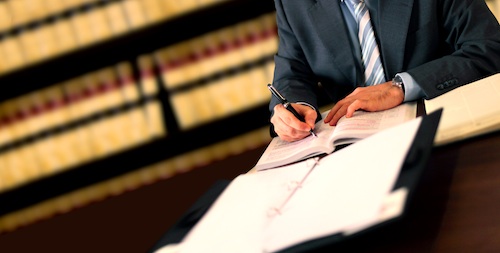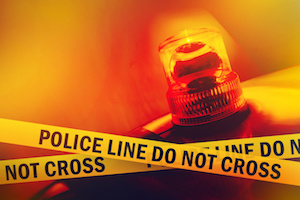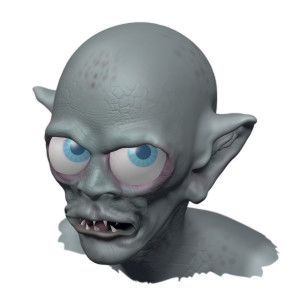Attorneys in Florida recently submitted a recommendation to the state Supreme Court requesting the judiciary refuse a legislative directive to increase scrutiny on expert witnesses. The recommendation and accompanying report submitted by the Florida Bar association highlights an ongoing debate about the proper standard for evaluating and admitting expert testimony in court.
Florida’s Expert Testimony Standard
In 2013 the Florida legislature passed a law which required the Florida judiciary to adopt the same legal standard for admitting expert testimony as the federal court system uses. The standard, known as the Daubert test, requires judges to conduct a thorough evaluation of proposed expert witness testimony across three parts: whether the expert’s work is based on sufficient facts or data, is the product of reliable principles and methods, and has applied the principles and methods reliably to the facts of the case. Under the Daubert standard courts are required to assess an expert’s qualifications, the work a proposed witness did to prepare testimony, and the standards used by specialists in the expert’s field of study.
Florida legislators responded to assertive lobbying efforts led by business groups and medical organizations by adopting the Daubert standard for expert testimony in state courts, setting off a debate between the law’s proponents and plaintiff attorneys of the Florida Bar Association. According to arguments from plaintiff attorneys, a more restrictive approach to admitting expert witness testimony only benefits large businesses or deep-pocketed defendants who use the standard as a way to stymie legitimate lawsuits.
Florida Attorneys Resists New Expert Witness Standard
Members of the Florida Bar Association have resisted change to the Daubert standard since the state legislature adopted the new test in 2013 by arguing it prevents low-income citizens from being able to pursue legitimate legal claims. Attorneys caution the Daubert standard enables wealthy defendants use procedural rules on expert admissibility to delay and make expensive lawsuits to the point where plaintiffs may be discouraged to continue. Opponents to the Daubert test argue wealthy defendants can rely on a select few experts who routinely testify on the same issue across several lawsuits while plaintiffs without the same resources would be unable to find or afford experts the courts would admit.
The Daubert standard reduces the number of available experts by imposing more rigorous standards of admissibility, and with a smaller pool of experts to choose from it becomes difficult for every lawsuit to have a qualifying expert to offer support. Attorneys who oppose the Daubert standard argue Florida should retain its old test for expert witness admissibility known as the Frey test. The Frye test offers a much simpler requirement to determine expert qualifications: whether the proposed expert testimony is based on techniques and theories which are generally accepted as reliable in the relevant scientific community. Unlike the Daubert standard which requires judges to evaluate expert testimony, the Frye test simply asks judges to ascertain whether the scientific community has conducted an evaluation.
Proponents of the Daubert standard argue the Frye test too frequently allow “junk science” to be used in court by experts who can find any scientific publication to submit their work, and maintain that using a more rigorous standard for expert analysis preserves the integrity of the legal system and prevents frivolous lawsuits.
Florida Bar Association Asks State Supreme Court to Reject Daubert Standard
After several months of debate over the Daubert and Frye standards, the Florida Bar’s Board of Governors voted 33 – 9 to formally recommend the state Supreme Court not adopt the Daubert standard in direct opposition of the legislative directive. Despite the Daubert’s use in the federal court system, and most states, Florida attorneys expressed a desire to maintain the less restrictive Frye standard of expert witness evaluation. The state Supreme Court has the authority under Florida’s constitution to adopt rules for the judiciary, and, as such, as the ultimate say in whether or not the Daubert standard is used.
With the petition recently submitted to Florida’s Supreme Court there is unlikely to be any action on the issue for several months, but Florida’s internal debate on the appropriate legal standard for admissibility of expert witnesses provides an interesting challenge to a long-accepted method for assessing expert reliability.













